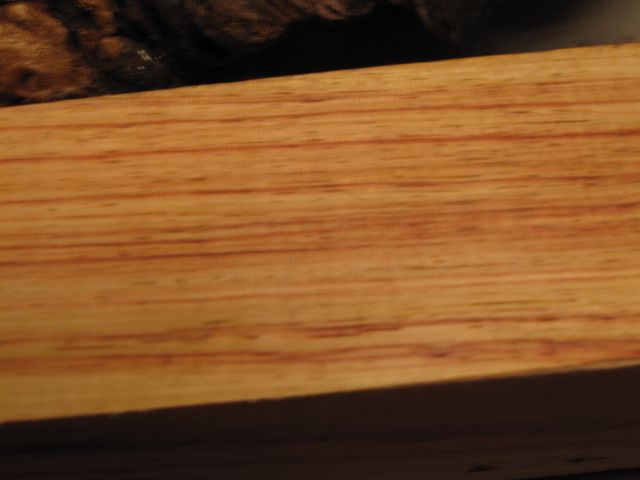Have fun in the mud by yourself Joe!
Martin
Martin, the only mud here is the deep BS you try to pass on to your unsuspecting clients by telling them crap as I've outlined previously. You have no answers and you slither away like the snake you are.
I posed valid questions to which you have no answers because you got caught. For someone who claims to have cut logs and half logs and then not know where the wood came from seems suspicious to me otherwise known as BS.
You then make statements that a certain type of tulipwood "isn't cue worthy" and when I questioned your statement, you back-peddled away by then stating that you just didn't like the color? Well which is it? Not cue worthy or just a color preference?
And lastly, you backed off on the tone quality issue because you know as well as I do and as well as every knowledgeable and respected cue maker will tell you that your ears cannot pick wood or cue blanks by their tonal characteristics with any accuracy. Just more Martin BS.
Oh and let's not forget your far reaching statement that you pick the best Davis blanks for a "superior" hit. Well if that's the case then Davis would be left with blanks that won't produce a "superior" hit because you bought them. So my question was, who are the people buying these left over inferior blanks that are no longer "superior"?
You see Martin, by making these ridiculous statements and claims, you're actually hurting the people you're dealing with because you're casting doubt on their other products that aren't 'picked' or chosen by you.
And lastly, my invitation is still open to you and the other harmonics guy - I'll wager you $10k that you cannot pick the same shafts twice by tone. We'll video the entire process and show you to be the fool you are for making such statements.
And on that's note I'm out of here. I want to wish you Martin and the rest of you a fantastic week ahead.





